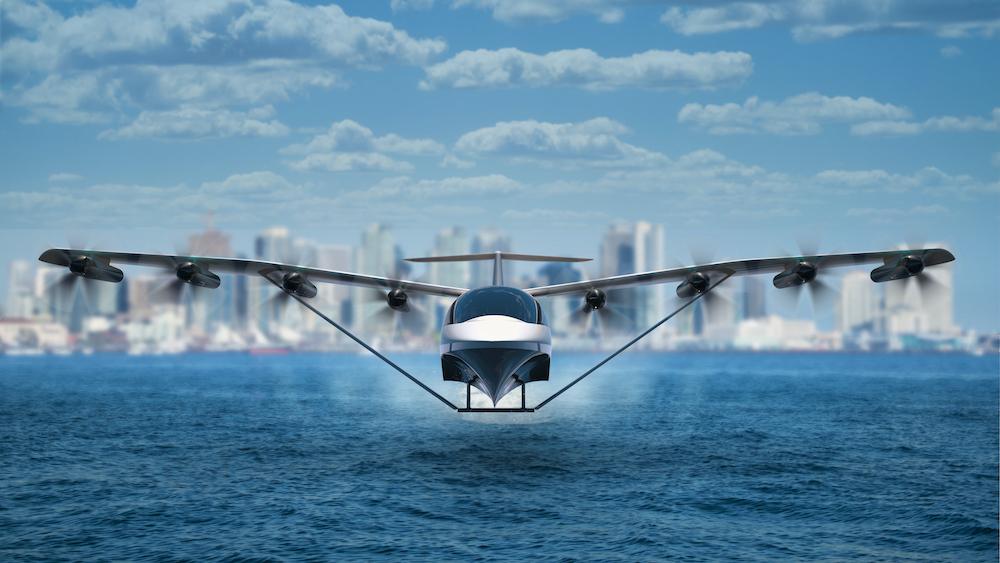
Credit: Regent
Electric aircraft startups are challenging conventional thinking about aviation and one of the more dramatic examples is Regent’s belief that seagoing wing-in-ground-effect vehicles flying between coastal cities could complement and even replace traditional regional air transportation. Boston-based...
Subscription Required
Is There A Future At Sea For Regional Aviation? is published in Aviation Daily, an Aviation Week Intelligence Network (AWIN) Market Briefing and is included with your AWIN membership.
Already a member of AWIN or subscribe to Aviation Daily through your company? Login with your existing email and password
Not a member? Learn how to access the market intelligence and data you need to stay abreast of what's happening in the air transport community.

